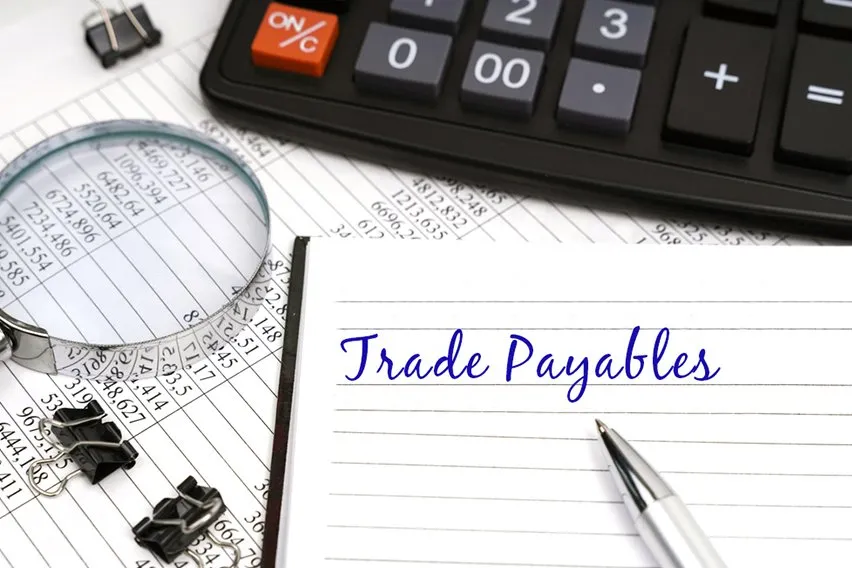What Are Economies of Scale? Definition, Types & Example

We like to believe that bigger is always better, right? While some people believe that, others are vehemently against the concept. A quote that comes to mind is, “More money, more problems.” When it comes to business, bigger businesses may be able to achieve higher revenue, but that comes with higher average costs. However, sometimes scaling up can lead to cost savings. These savings are known as economies of scale. Find out more below!
Here’s What We’ll Cover:
The Definition of Economies of Scale
Ways to Achieve Economies of Scale Internally
The Definition of Economies of Scale
Economies of scale are the cost advantages reaped by companies due to efficient production. They can be achieved by production increases, which seems counterintuitive. More products should mean higher costs, right? In business, when output increases, the costs of production fall. This is because production costs are spread over a larger number of goods. The scale of production increase results in lower operating costs.
To achieve economies of scale, a business’s size matters. Smaller businesses have trouble achieving economies of scale. This is because they can’t increase production substantially. Larger companies have a competitive advantage. Higher production levels lead to a lower cost of production.

Types of Economies of Scale
There are two types of economies of scale; internal and external. Both are able to achieve lower production costs through different means.
Internal Economies of Scale
Internal economies of scale are based on management decisions within the company. These decisions can be related to accounting, informational technology, or marketing strategies. All can have a direct impact on lowering unit costs for production. An example of this is a larger company’s ability to take place in bulk buying. Being able to purchase supplies in bulk thanks to a company’s size and internal resources is determined by internal factors alone.
External Economies of Scale
External economies of scale are based on external factors. These are factors that affect an entire industry, not just a single company. Some of the factors are a highly skilled labour pool, tax reductions, and partnerships. These are all factors that cannot be determined internally. A highly skilled labour pool reduces production costs thanks to efficiency. Additionally, tax reductions affect all companies in an industry.
Ways to Achieve Economies of Scale Internally
When considering economies of scale, making internal decisions can help a company achieve them. As such, there are different strategies and inputs that can be facilitated. Learn about them below.
Specialization and Division of Labor
By taking your workforce and specializing them, you can achieve internal economies of scale. Specialization leads to expertise in a certain part of the production process. Division of labour lets employees focus on that specialized area. This is the most common strategy employed to achieve internal economies of scale.
Lower Input Costs
Buying materials in bulk can lead to lower average input costs. This is one of the biggest advantages that large companies have over small companies. They have the resources to buy higher volumes of products. When products are sold in bulk, they’re typically given discounts and price breaks.
Costly Inputs
Some contributing factors to economies of scale are pricier than others. Research and development is a prime example of this. It can be time-consuming and expensive to conduct research. However, when products or services are researched and scrutinized they can be perfected. Finding the most efficient way to provide a product reduces overall production costs over time.

Specialized Inputs
This draws on the same idea that specialization in the workforce leads to lower costs. However, this is applied to machinery and technology. By creating proprietary equipment and processes, companies can decrease production costs.
Organizational Inputs
By changing the organizational structure of a process, a company can reduce production costs. This can be applied to the workforce, as well as management. Putting people in jobs that they do well leads to higher efficiency.
Learning Inputs
This comes down to training and further education. When a company takes the time to learn processes related to production, it can begin to reduce costs. This can also be applied to sales and distribution. When you know more about a process, the more likely you’ll be to improve upon it.
Key Takeaways
Understanding different financial economies can lead a business to greater success. Not all companies are large enough to reap the benefits of internal economies of scale. However, knowing and understanding them can lead to better business skills in the future. Understanding external economies of scale can lead to better awareness of the industry climate. Both are highly important for businesses of any size. If you need more financial information and help, be sure to look at our resource hub!
RELATED ARTICLES

 National Living Wage Vs Minimum Wage: What’s the Difference?
National Living Wage Vs Minimum Wage: What’s the Difference? What Is SKU Number? Everything You Need to Know
What Is SKU Number? Everything You Need to Know Budget Deficit Definition: Causes & Effects
Budget Deficit Definition: Causes & Effects What are Trade Payables?
What are Trade Payables? Critical Path Method: The Beginner’s Guide
Critical Path Method: The Beginner’s Guide Rational Choice Theory: Definition, Facts & Examples
Rational Choice Theory: Definition, Facts & Examples